I didn’t like the capitalised names so configured xdg to use all lowercase letters. That’s why ~/opt fits in pretty nicely.
You’ve got a point re ~/.local/opt but I personally like the idea of having the important bits right in my home dir. Here’s my layout (which I’m quite used to now after all these years):
$ ls ~
bin
desktop
doc
downloads
mnt
music
opt
pictures
public
src
templates
tmp
videos
workspace
where
binis just a bunch of symlinks to frequently used apps fromoptsrcis where i keep clones of repos (but I don’t do work insrc)workspaceis a where I do my work on git worktrees (based offsrc)









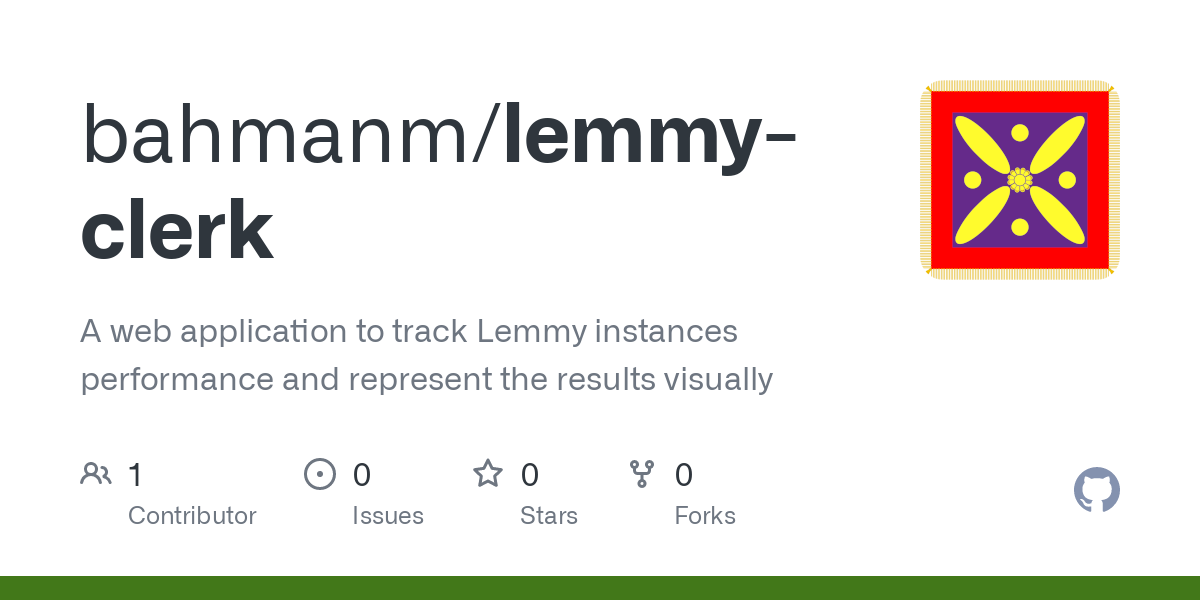
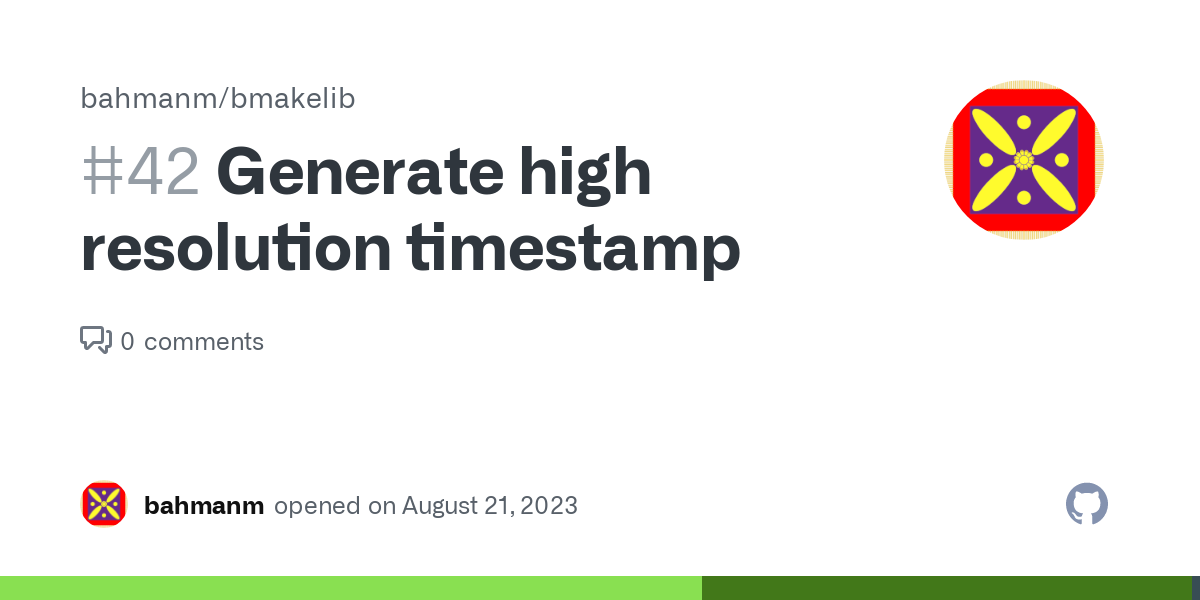

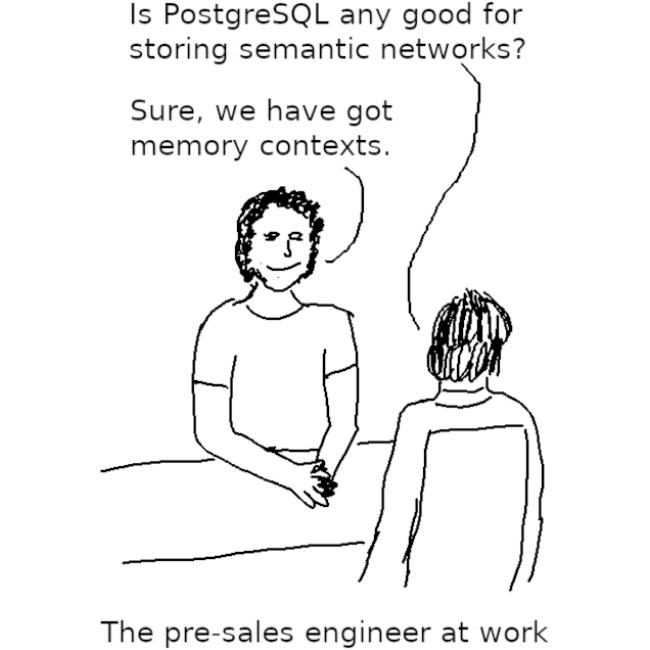


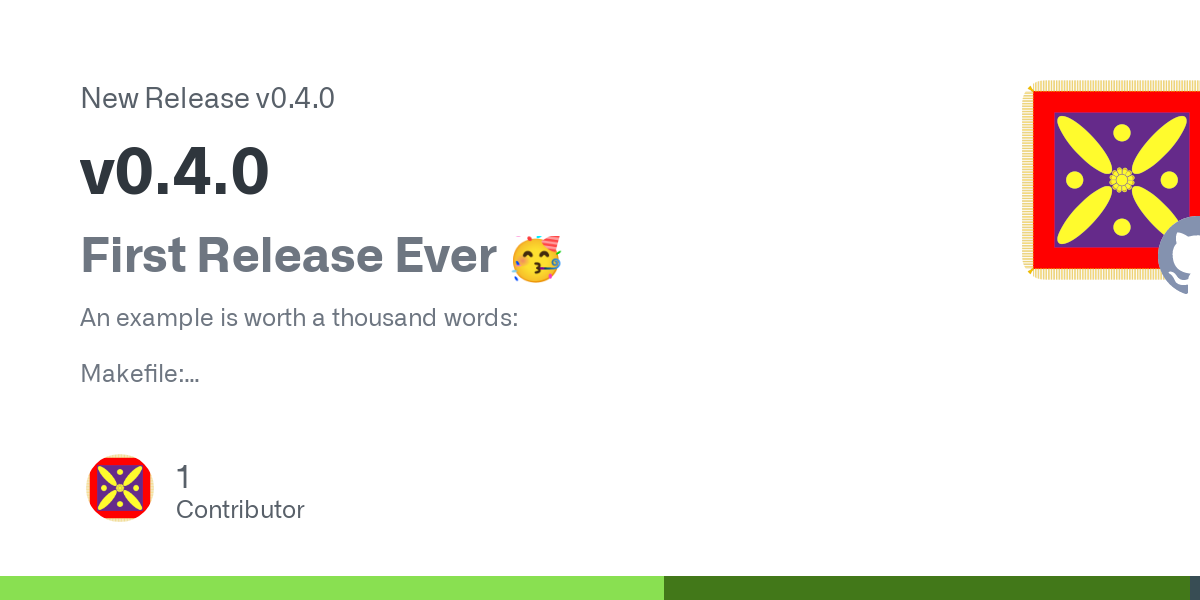
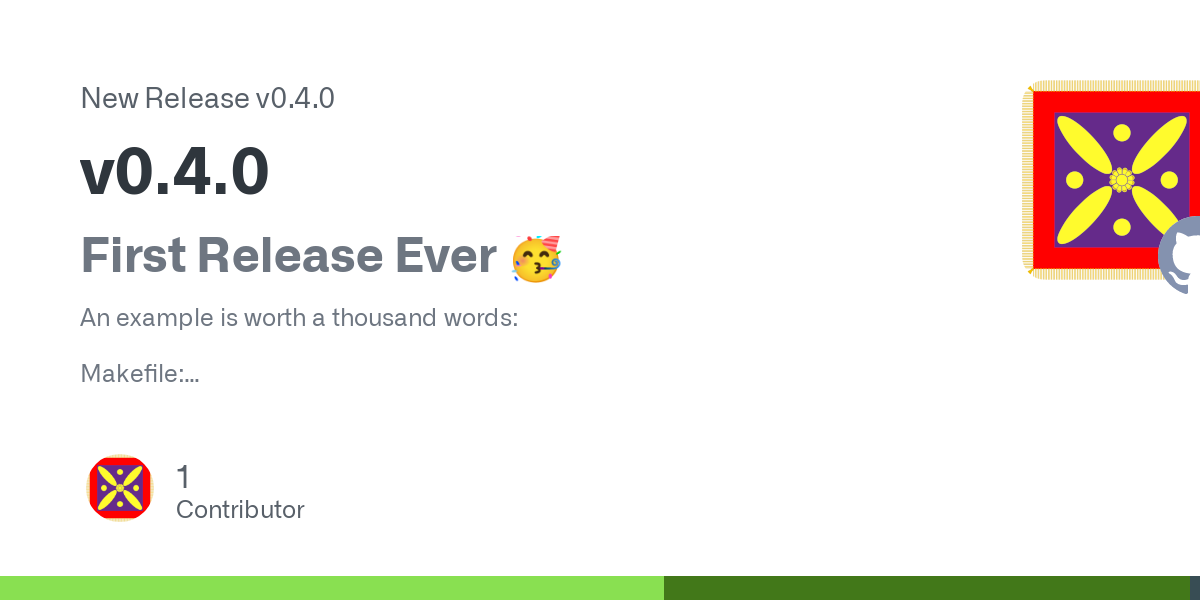
Good question!
IMO a good way to help a FOSS maintainer is to actually use the software (esp pre-release) and report bugs instead of working around them. Besides helping the project quality, I’d find it very heart-warming to receive feedback from users; it means people out there are actually not only using the software but care enough for it to take their time, report bugs and test patches.